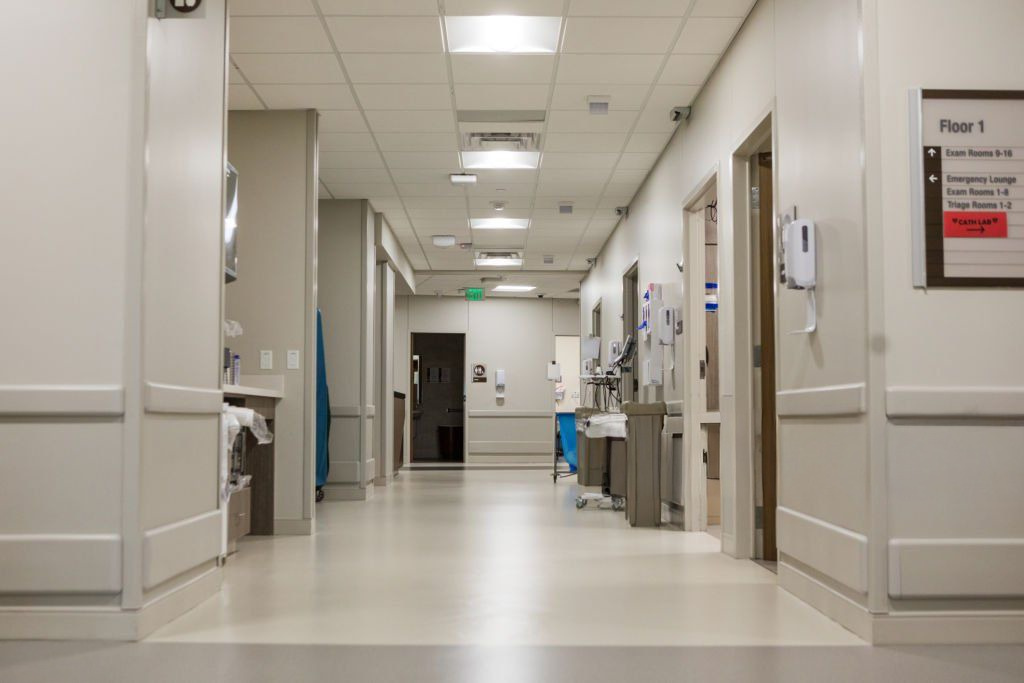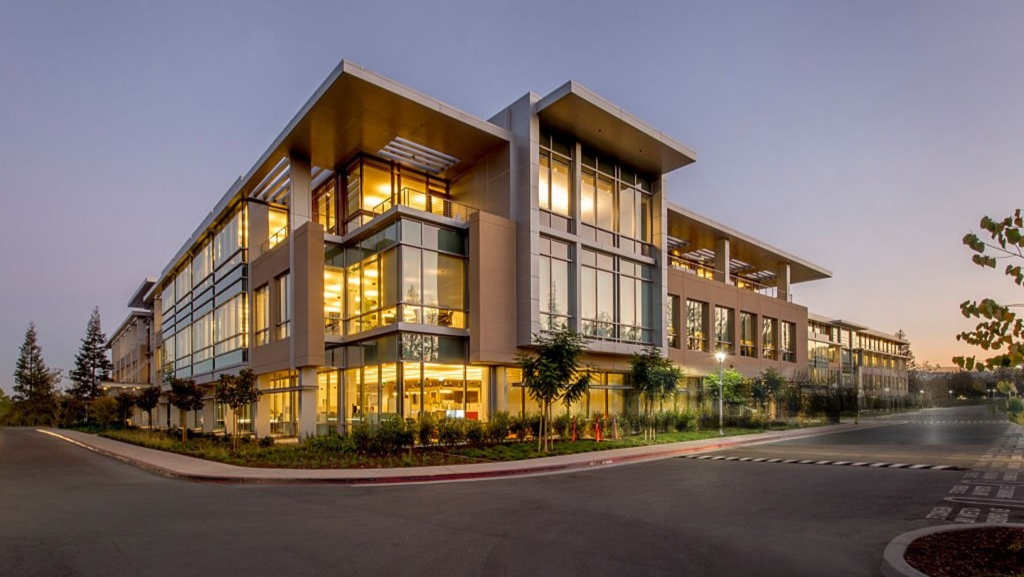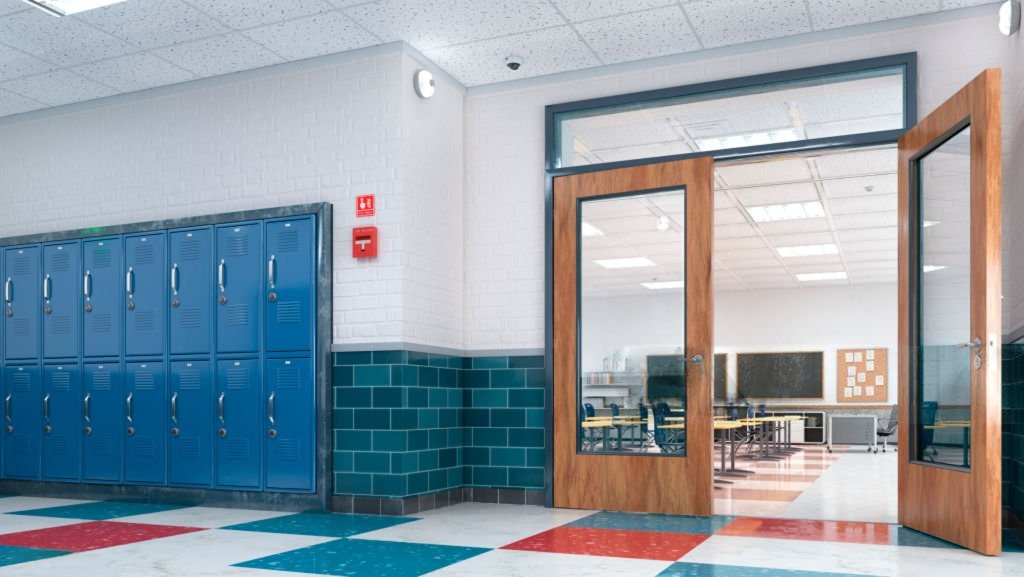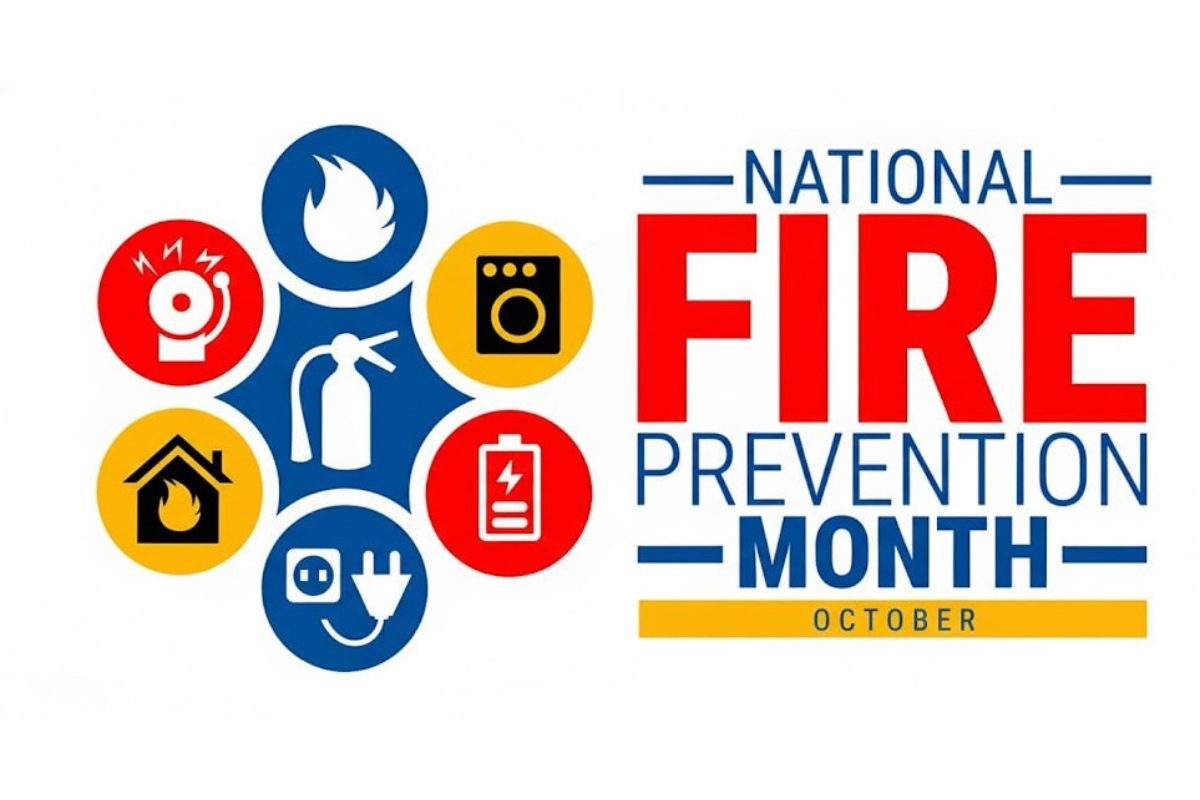How to Develop a Fire Emergency Plan for Hospitals and Healthcare Facilities
Protecting lives is a serious responsibility and you should always consult with a professional when creating your fire emergency plan. Call us at
(866) 757-8378 or
contact us for a free consultation.
Key Elements of a Fire Emergency Plan for Healthcare Facilities
When creating a fire emergency plan, certain core elements must be addressed to ensure the safety of everyone involved. Here’s a breakdown of the most critical elements:
Risk Assessment: Begin with a detailed risk assessment, analyzing areas more prone to fire hazards (like kitchens, storage rooms, and labs). This helps identify specific areas needing specialized fire life safety measures.
Prevention Measures: Prevention is key. Incorporate fire-resistant materials, regulate hazardous substances, and ensure smoke-free environments to reduce fire risks.
Evacuation Plan: Establish clear evacuation routes and procedures tailored to accommodate non-ambulatory patients. Designate emergency exits and ensure easy access, with unobstructed corridors.
Staff Training: All staff members should be trained on fire response procedures, including using firefighting equipment and evacuating patients safely. Training should also involve regular fire drills for hands-on experience.
Alarm and Communication Systems: Install commercial fire alarm monitoring systems that automatically alert emergency responders while ensuring every area of the facility is promptly notified of a fire emergency.
Checklist for Developing a Fire Emergency Plan in Hospitals
This checklist outlines essential steps for creating a comprehensive fire emergency plan in hospitals, ensuring preparedness through risk assessments, equipment maintenance, staff training, and regular fire drills for optimal safety.
| Checklist Item | Description |
|---|---|
| Conduct a Fire Risk Assessment | Evaluate fire hazards in all areas of the facility, focusing on high-risk zones like kitchens, labs, and storage rooms. |
| Install Commercial Fire Alarm Monitoring Systems | Ensure alarms are in place, with monitoring for prompt alerts to staff and emergency services. |
| Staff Training on Fire Response Procedures | Train all staff on evacuation routes, fire extinguisher use, and patient support in emergencies. |
| Post Evacuation Maps and Emergency Contacts | Display clear maps and emergency numbers throughout the facility for quick reference. |
| Maintain Firefighting Equipment | Regularly inspect and service extinguishers, sprinklers, and alarms as per fire protection regulations. |
| Inspect and Test Fire Alarm and Suppression Systems Regularly | Schedule routine checks to ensure all systems function correctly in emergencies. |
| Conduct Fire Drills and Refresher Sessions | Plan and execute fire drills and refreshers for staff to maintain readiness. |
Essential Fire Protection Guidelines for Healthcare Facilities from the NFPA (National Fire Protection Association)
1. Compliance with NFPA Codes and Standards
The
National Fire Protection Association (NFPA) provides comprehensive codes and standards specifically designed for healthcare environments. Key NFPA standards include:
NFPA 99: Health Care Facilities Code: This code establishes criteria to minimize the hazards of fire, explosion, and electricity in healthcare facilities. It covers various aspects, including medical gas systems, electrical systems, and fire protection features.
For more information on NFPA 99
NFPA 101: Life Safety Code: This code outlines requirements for the construction, protection, and occupancy features necessary to minimize danger to life from fire, including smoke, fumes, or panic. It addresses both new and existing structures.
For more information on NFPA 101
Understanding how these codes interrelate is essential for designing and maintaining safe healthcare environments. For detailed insights, refer to the NFPA's discussion on linking various codes and standards in healthcare design.
For more information :
2. Regular Risk Assessments
Conduct thorough fire risk assessments to identify potential hazards. Evaluate areas such as storage rooms, kitchens, and laboratories, and implement appropriate fire life safety measures.
3. Staff Training and Drills
Ensure all staff members are trained in fire emergency procedures, including the use of firefighting equipment and patient evacuation protocols. Regular fire drills help maintain readiness and identify areas for improvement.
4. Maintenance of Fire Protection Systems
Regularly inspect and maintain fire protection equipment, including alarms, sprinklers, and extinguishers. Adherence to NFPA standards ensures these systems function effectively during emergencies. Give us a call 866-757-8378 or Contact Us when you need help with this.
5. Clear Evacuation Routes
Design and maintain clear, accessible evacuation routes. Post evacuation maps prominently and ensure pathways are free from obstructions to facilitate swift evacuations.
By integrating these NFPA standards into your facility's fire protection strategy, you can enhance safety and compliance with recognized guidelines.
The Role of The Joint Commission in Healthcare Fire Safety
In healthcare settings, adherence to The Joint Commission's standards for Life Safety and Environment of Care (EC) is crucial for compliance and patient safety. The Joint Commission, a globally recognized non-profit organization, accredits and certifies over 22,000 healthcare organizations and programs in the United States. Their rigorous standards ensure that facilities maintain the highest levels of safety and care. One of their key focuses is fire safety, with evaluations that break down requirements into specific areas such as fire drills, equipment maintenance, and evacuation procedures. These surveys emphasize detailed documentation, such as fire safety features, evacuation maps, and adherence to the National Fire Protection Association (NFPA) codes, ensuring that all fire safety measures are meticulously planned and executed.
To assist with compliance, we have provided key resources for download:
- The Joint Commission: Life Safety and Environment of Care Tool
- Fire Testing Solutions: Testing Frequency Guide
By incorporating these standards and resources into your fire safety strategy, you enhance safety, compliance, and your facility’s preparedness for Joint Commission surveys.
Critical Fire Protection Equipment and Systems for Healthcare
Equipping healthcare facilities with advanced fire protection systems is critical to protect against fire hazards. Here are essential systems that should be part of any hospital’s fire protection plan:
- Fire Extinguishers: Ensure that ABC-rated fire extinguishers are located throughout the facility to address fires involving various materials.
- Smoke Detectors and Alarms: Smoke detectors should be installed strategically, with a commercial fire alarm monitoring system that alerts both the facility and emergency services immediately.
- Sprinkler Systems: Automatic sprinkler systems can control fires, especially in high-risk areas such as storage rooms and labs.
- Smoke Extraction Systems: To prevent smoke from spreading, smoke extractors can be integrated into HVAC systems, ensuring clear evacuation routes.
This equipment can minimize fire damage and enhance safety, providing a higher level of fire life safety across healthcare facilities.
How Fire Testing Solutions Can Enhance Your Hospital’s Fire Safety Standards
If you’re a healthcare facility manager aiming to enhance your hospital’s fire safety standards, Fire Testing Solutions can be a valuable partner. Our services not only equip your facility with the latest safety systems but also ensure that every component—from alarms to evacuation plans—is in proper working order and is optimized for your setting.
What We Offer
- Comprehensive Fire Risk Assessments: Detailed evaluations tailored to the specific layout and functions of healthcare facilities.
- Installation of High-Quality Fire Protection Equipment: Including commercial fire alarm monitoring and smoke extraction systems.
- Staff Training and Support: Hands-on training sessions that familiarize staff with emergency procedures and equipment use.
- Routine Maintenance and Testing: Regular checks to ensure all systems are functioning optimally, providing reliable safety at all times.
Give us a call at (866) 757-8378 or contact us for a free consultation.










